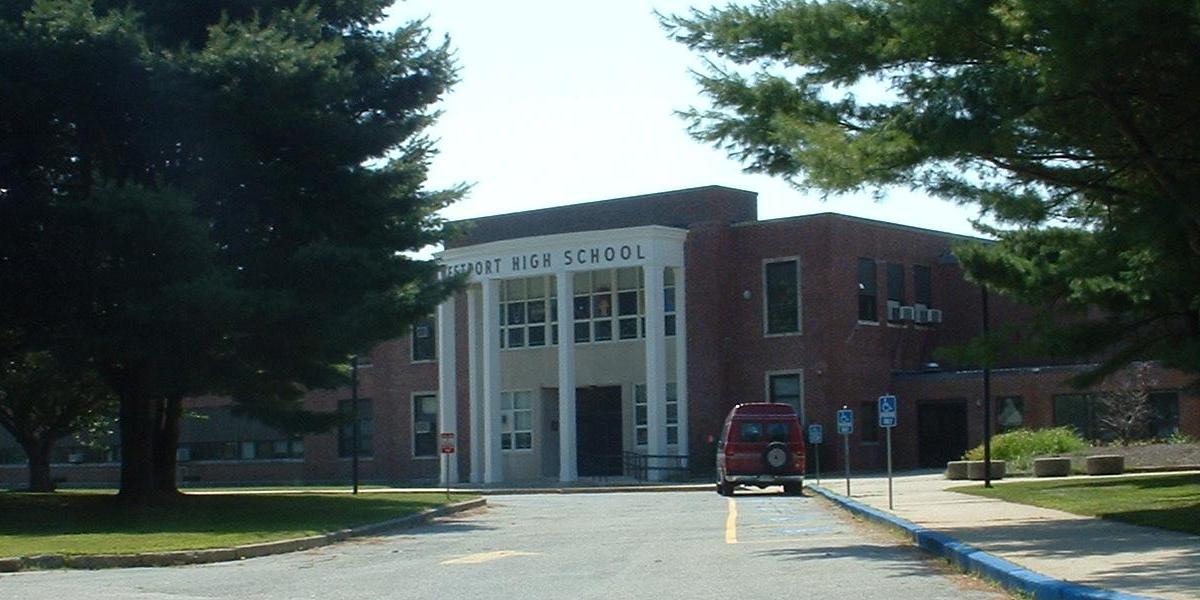8 Westport High school classrooms contaminated
Eight of 13 classrooms at the Westport, Massachusetts high school were found to have unacceptably high levels of airborne polychlorinated biphenyls. PCBs were discovered in window caulking at first when the building was getting ready for "green" upgrade, according to the story in SouthCoastToday.com.
PCBs were born in 1929 and they are characterized as having two benzene rings where the hydrogen atoms have been replaced with chlorine atoms. According to the Environmental Protection Agency they were banned in 1979 after having been used in electrical products, heat transfer and hydraulics, paints, plastics, rubber, pigments, dyes, carbonless copy paper and much more. They may still exist in products made before 1979.
These contaminants are persistent and they cycle through air, water and soil offering multiple contamination routes that remain in flux. They have been found in snow and seawater long distances from where they were released. Perhaps of grave concern is the ability for these substances to be taken up by plants where they accumulate in foliage and stems, and also their ready accumulation in fish.
The school in Westport is going to do a thorough cleanup and increase the school's ventilation to try to get the PCB concentrations below the acceptable threshold. If that doesn't work then students will be placed into alternative sites, or the school system will consider high school and middle school sharing the same facility. Costs are preliminarily pegged between $600,000 and $1 million for the cleanup and remediation work.


No comments:
Post a Comment